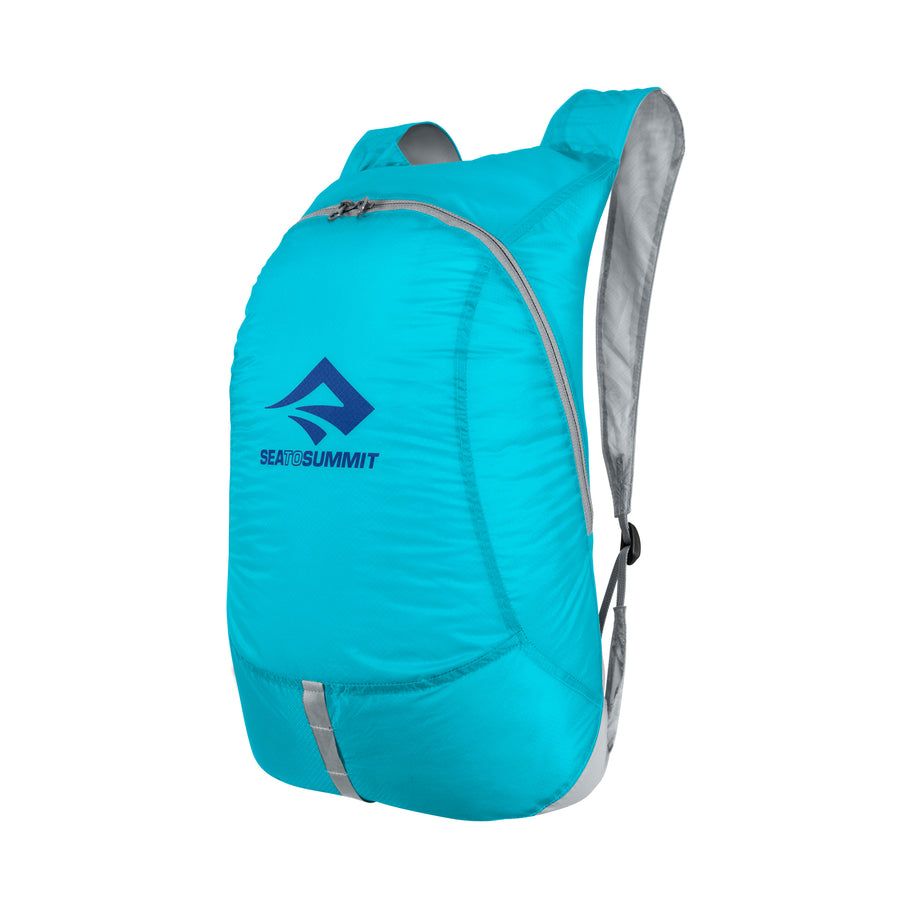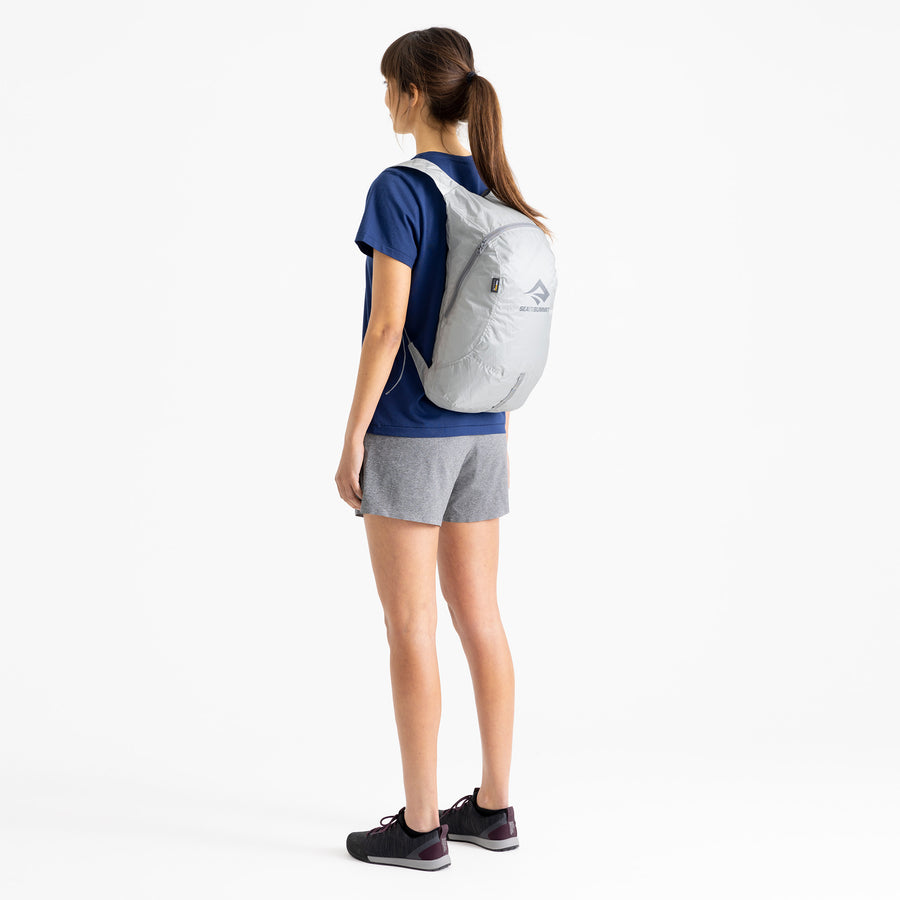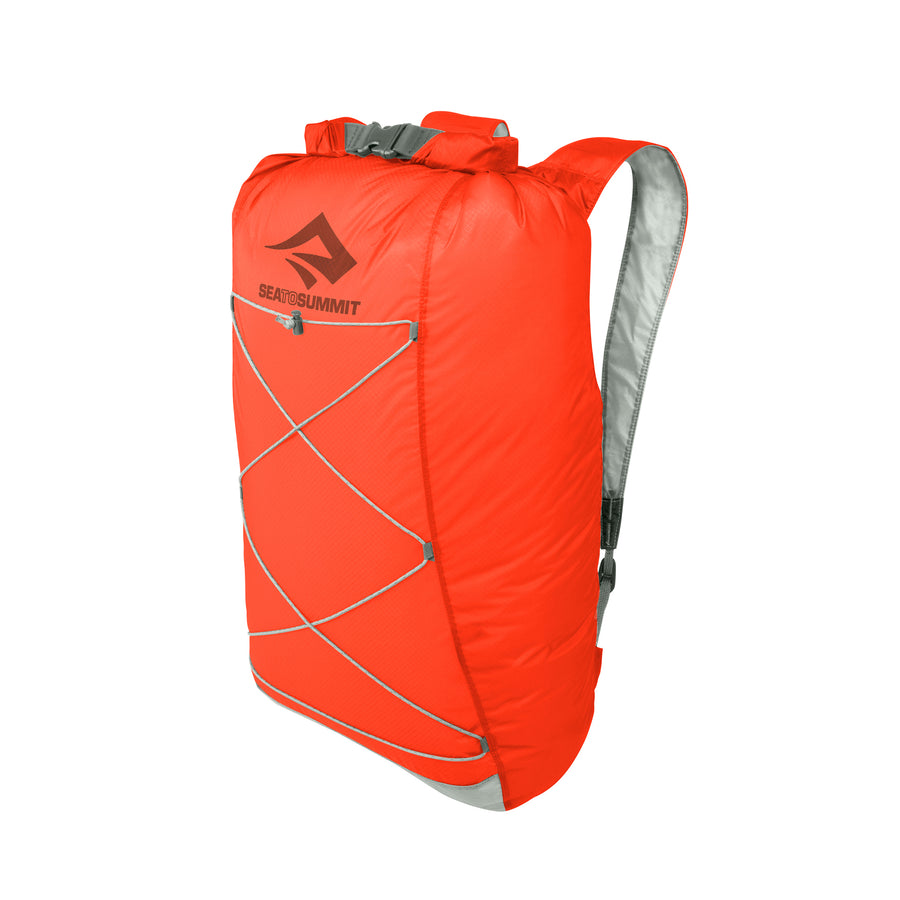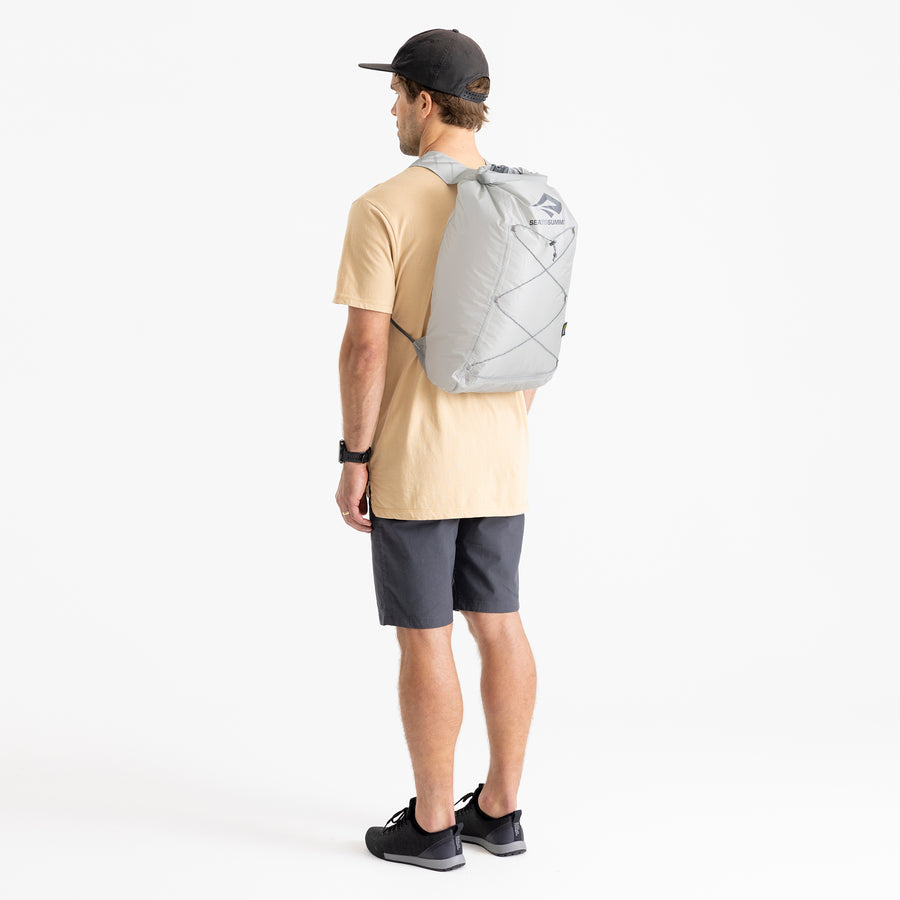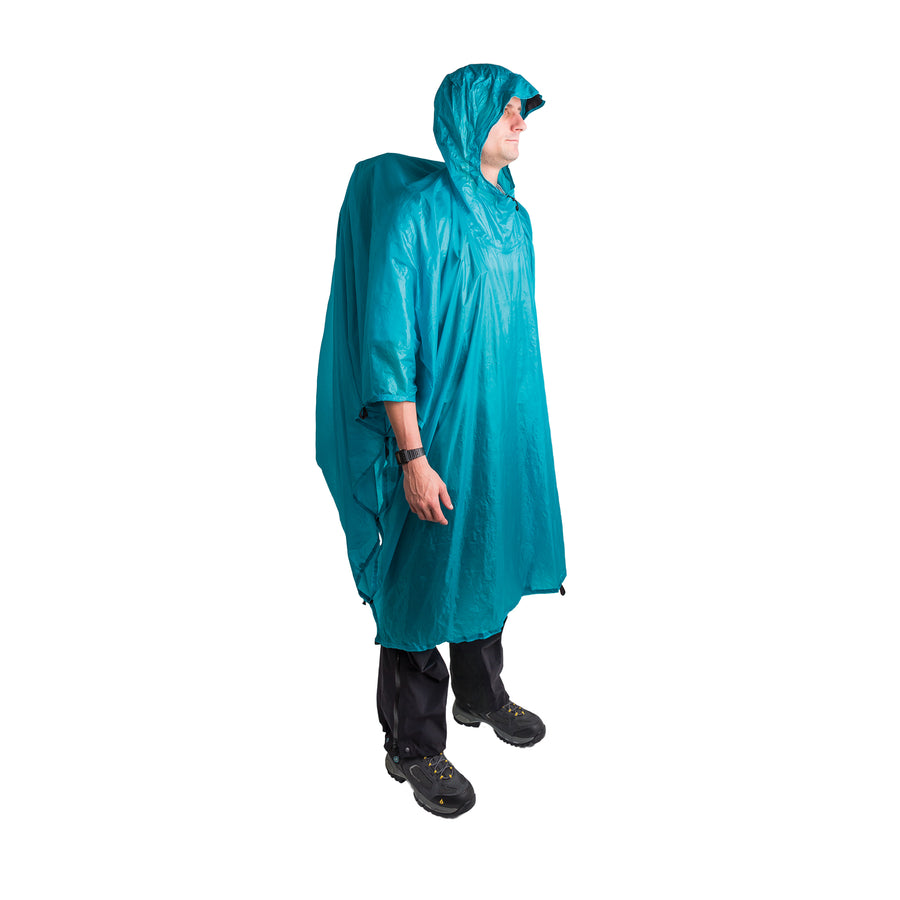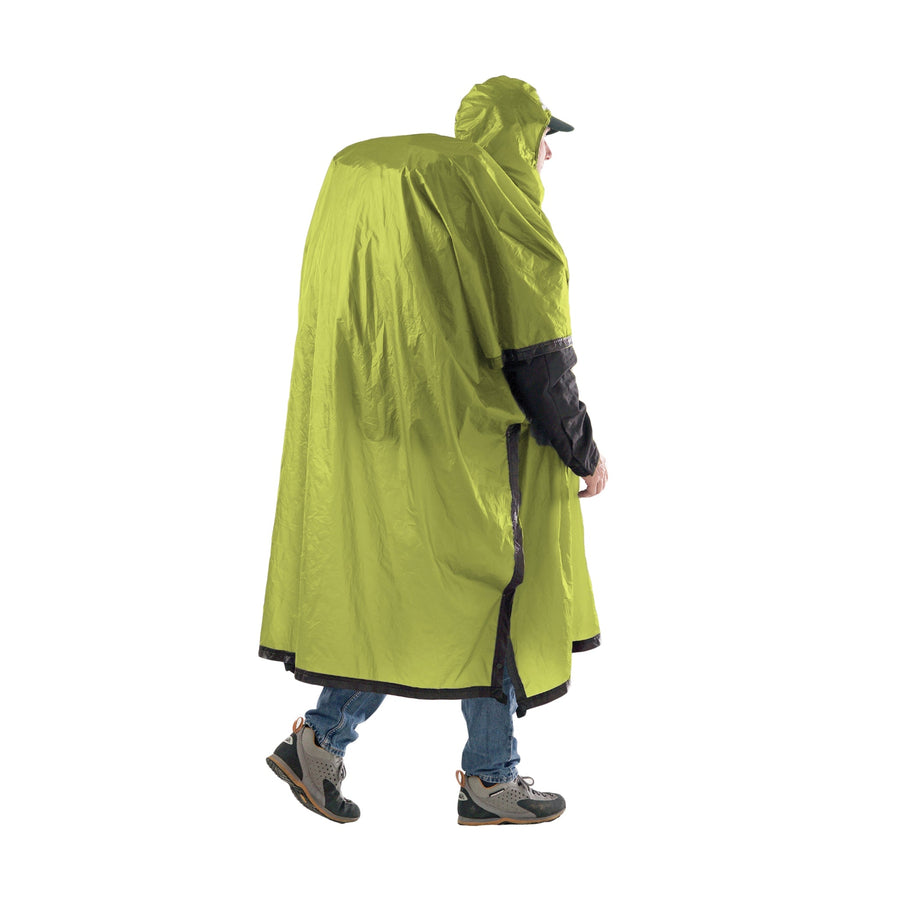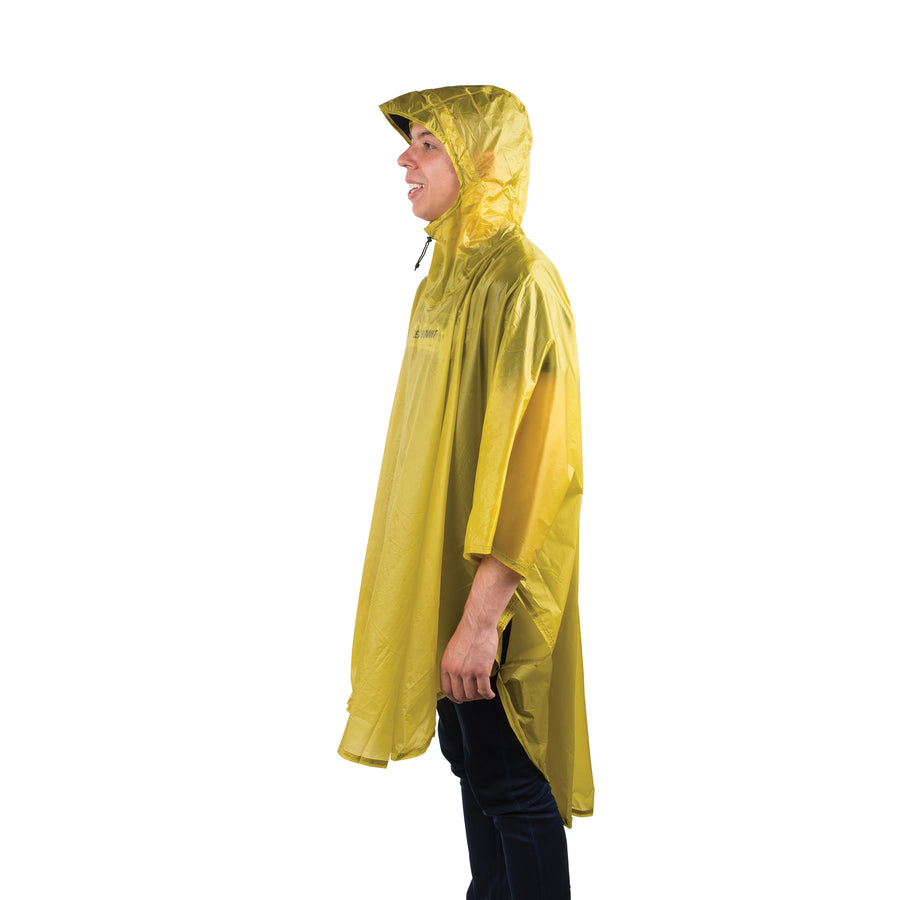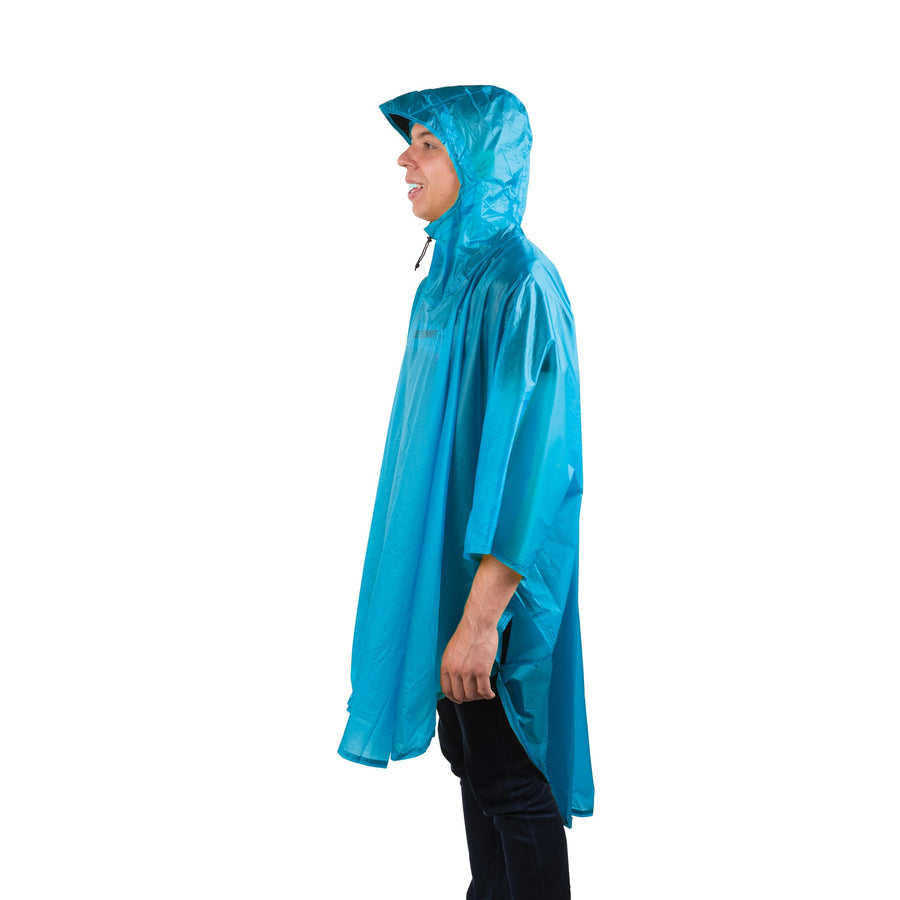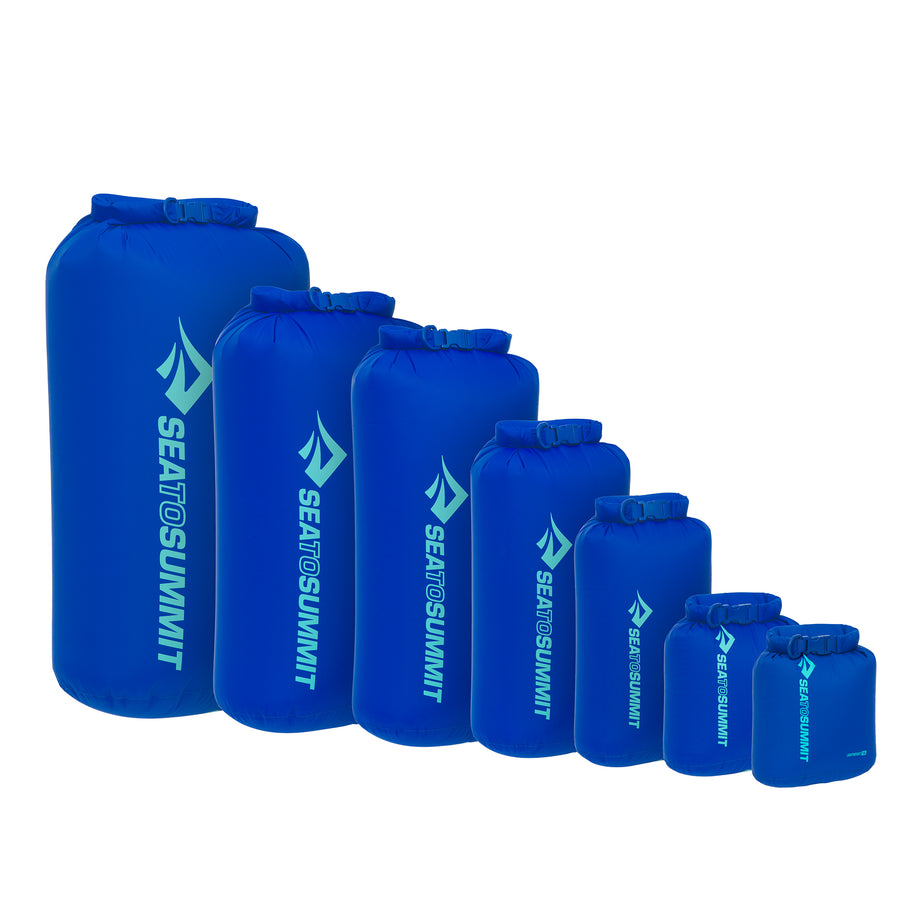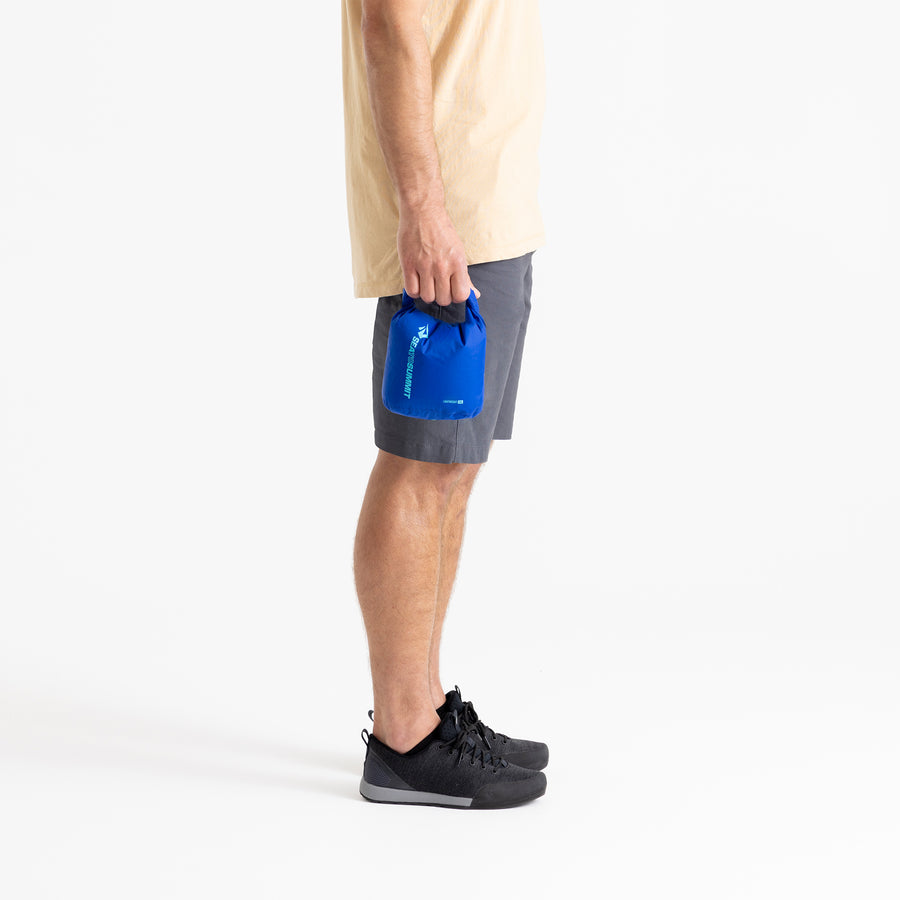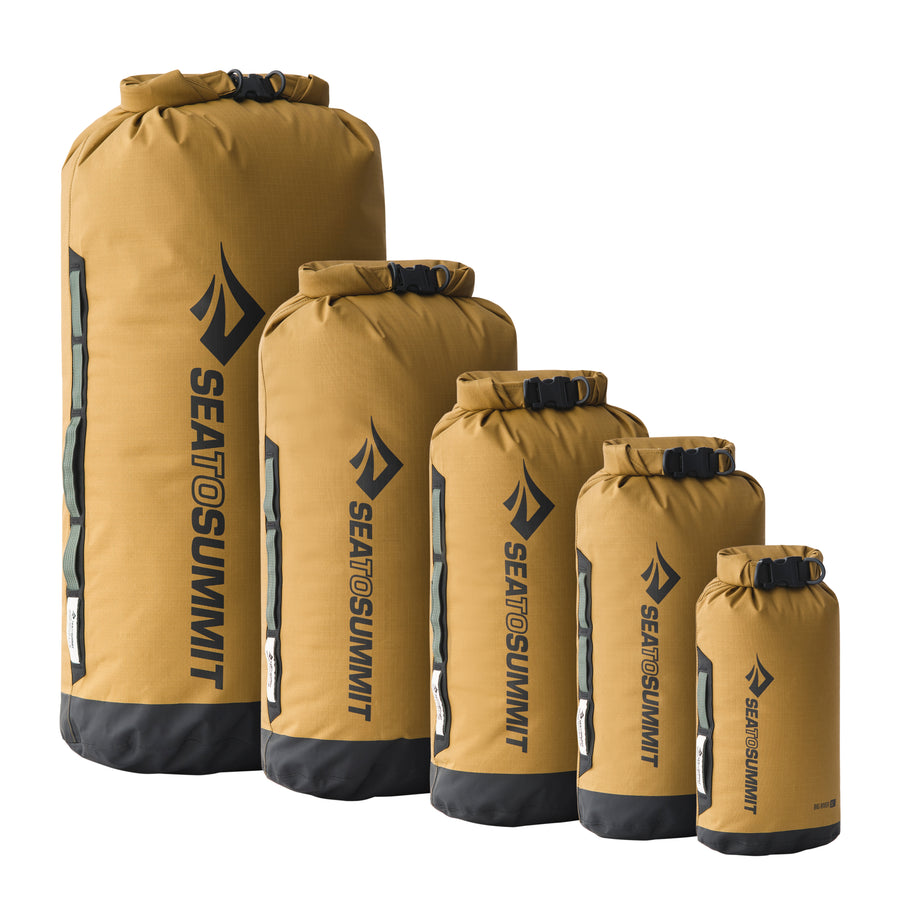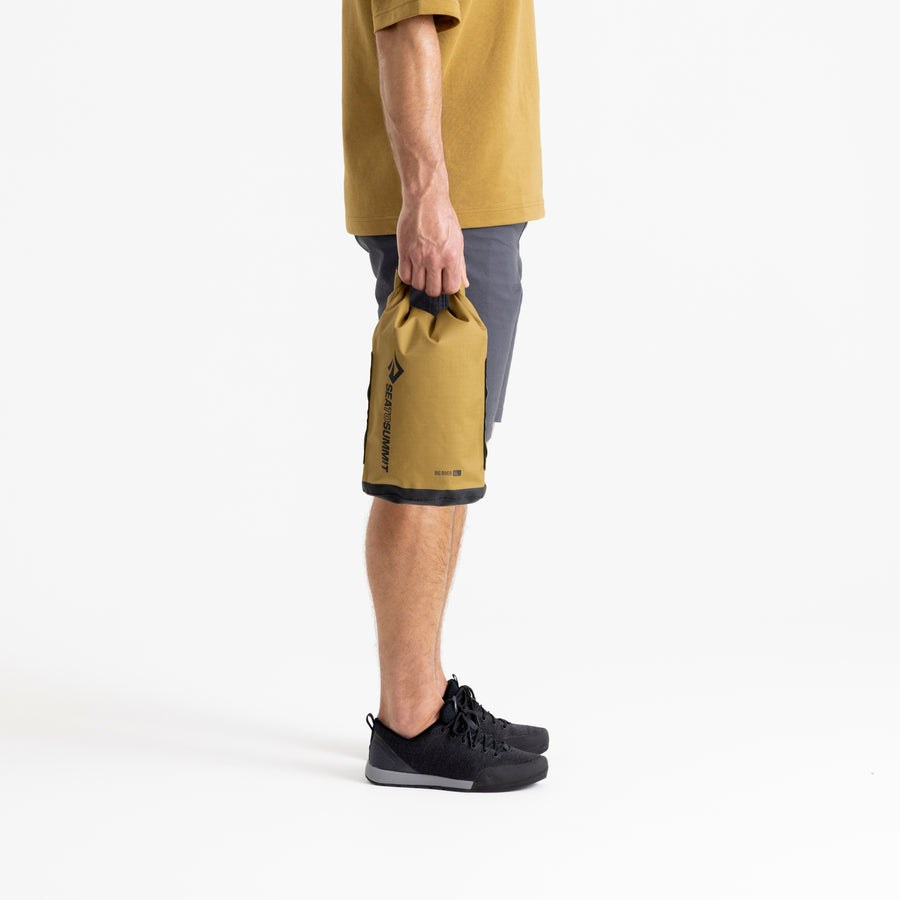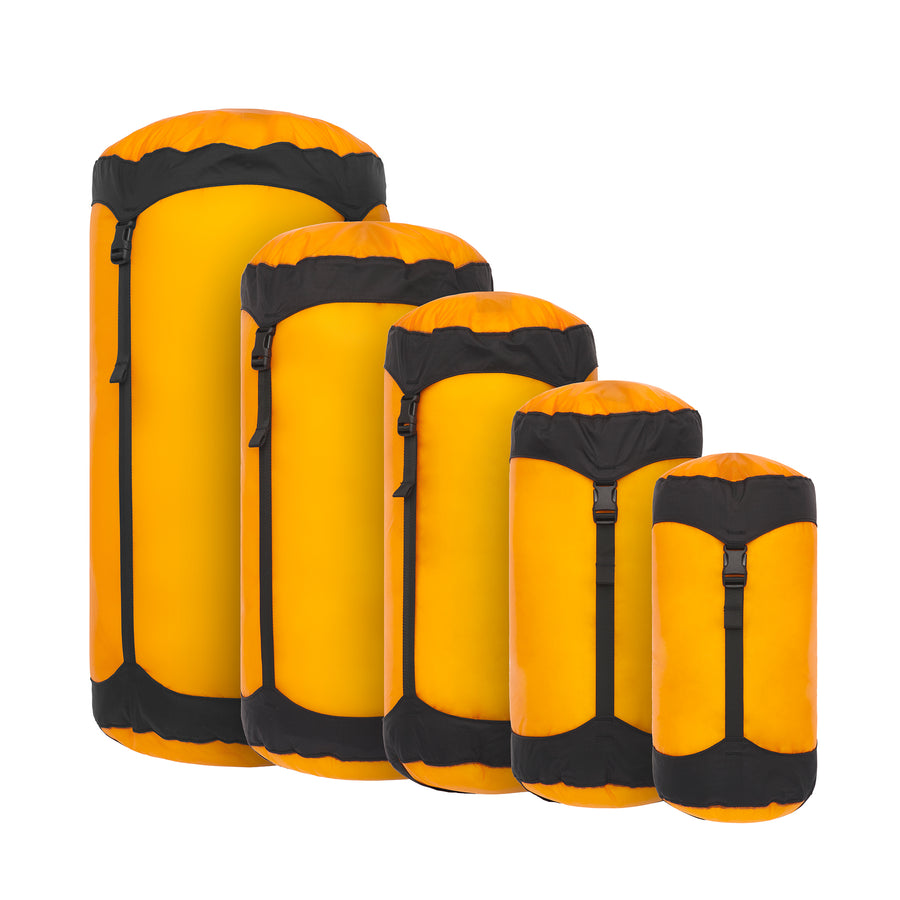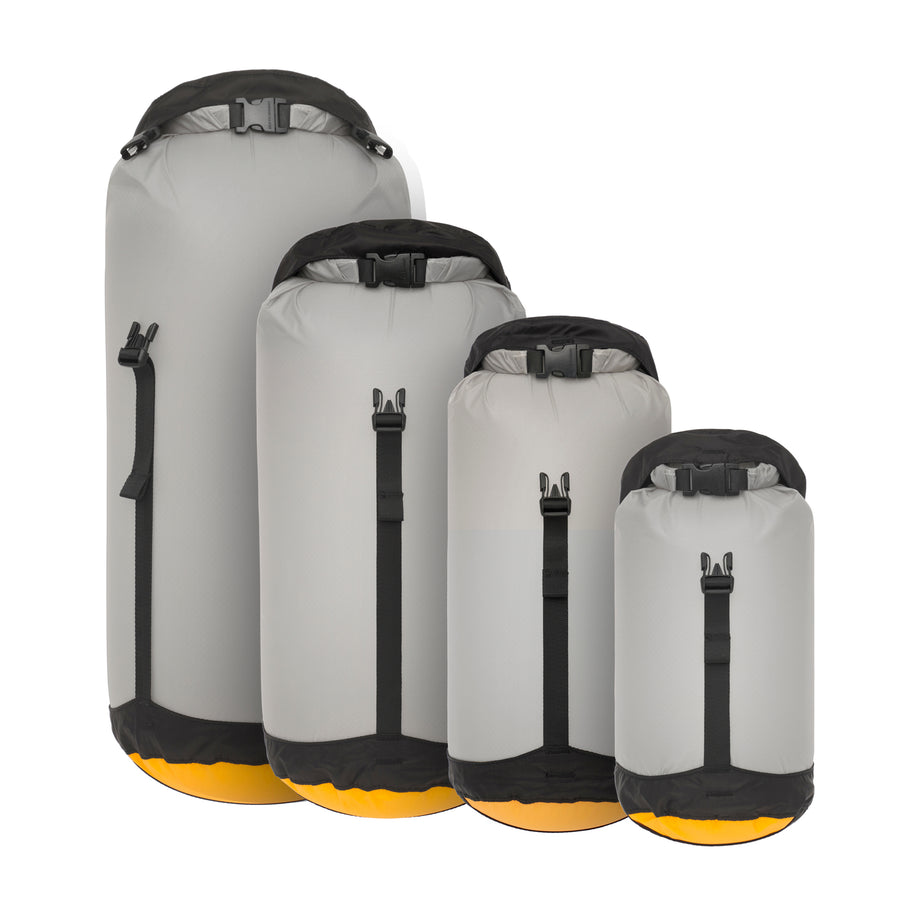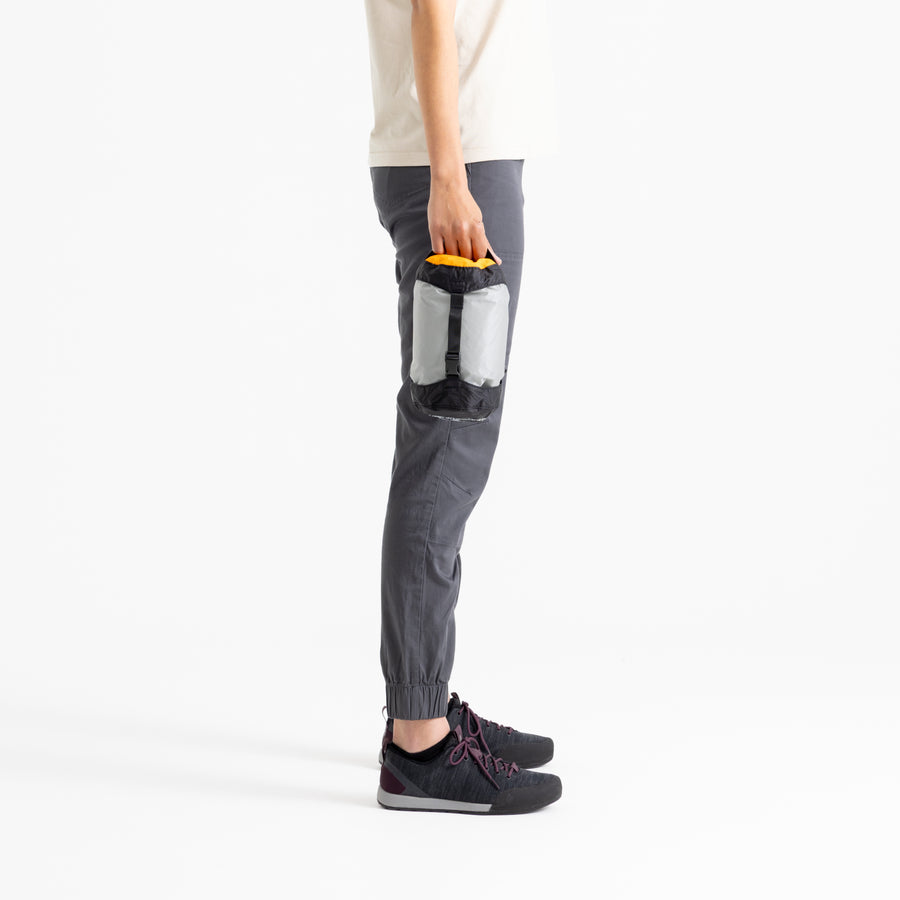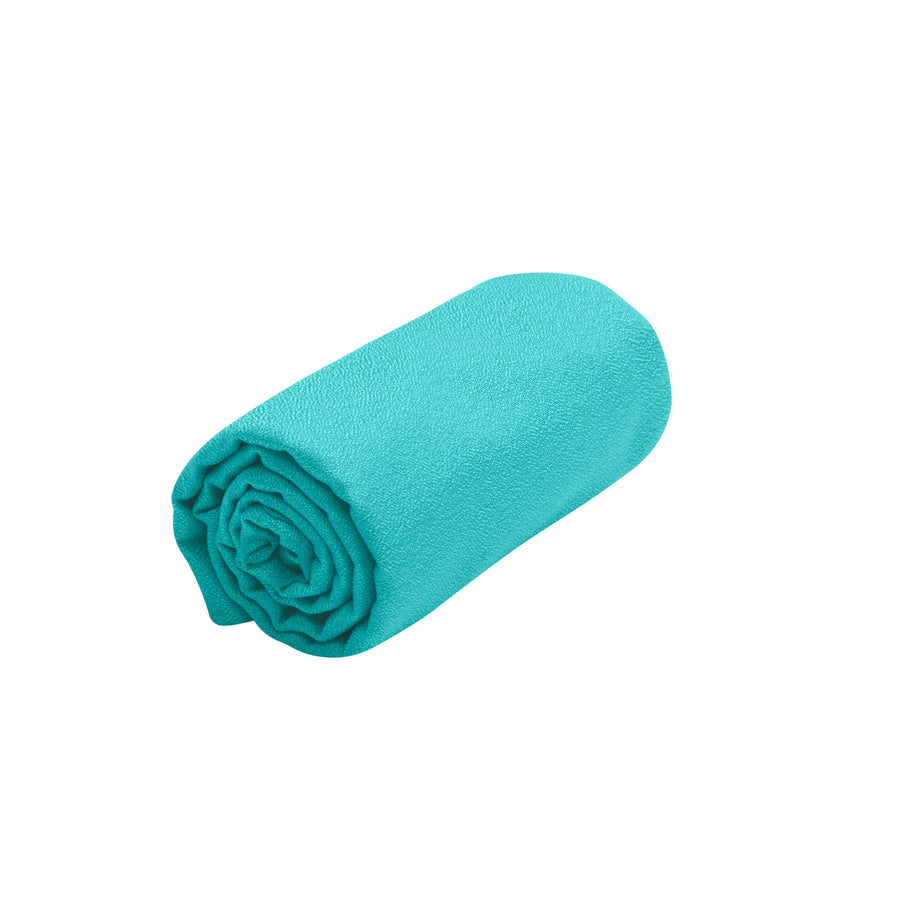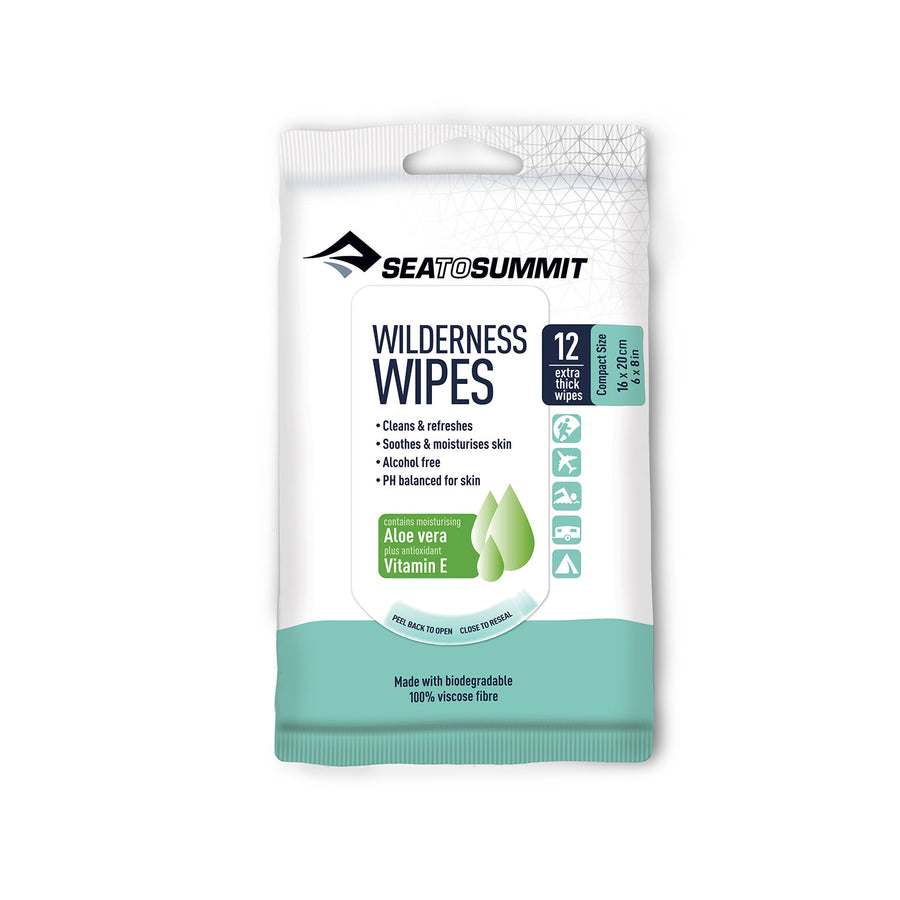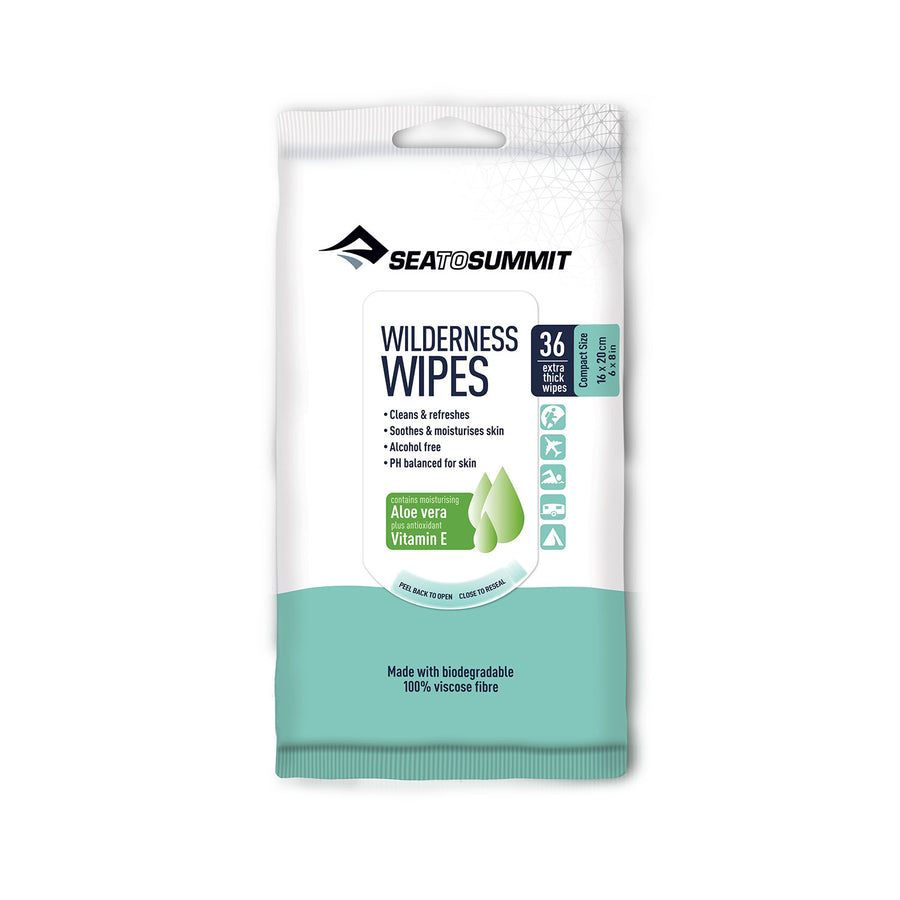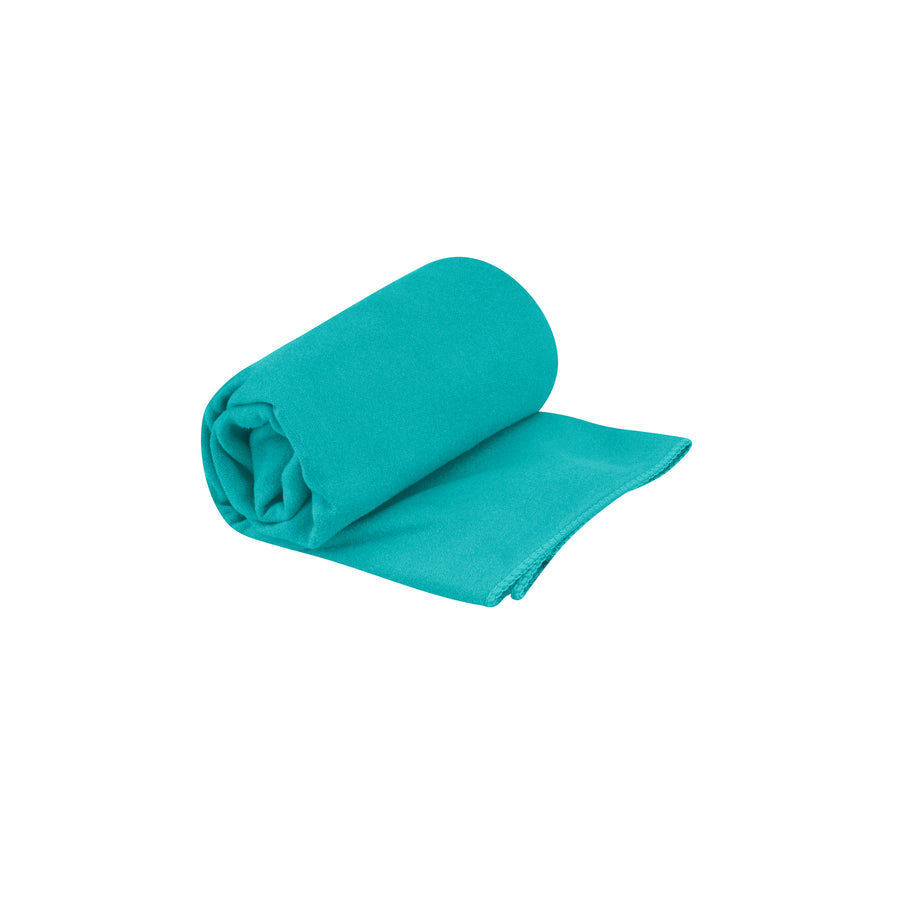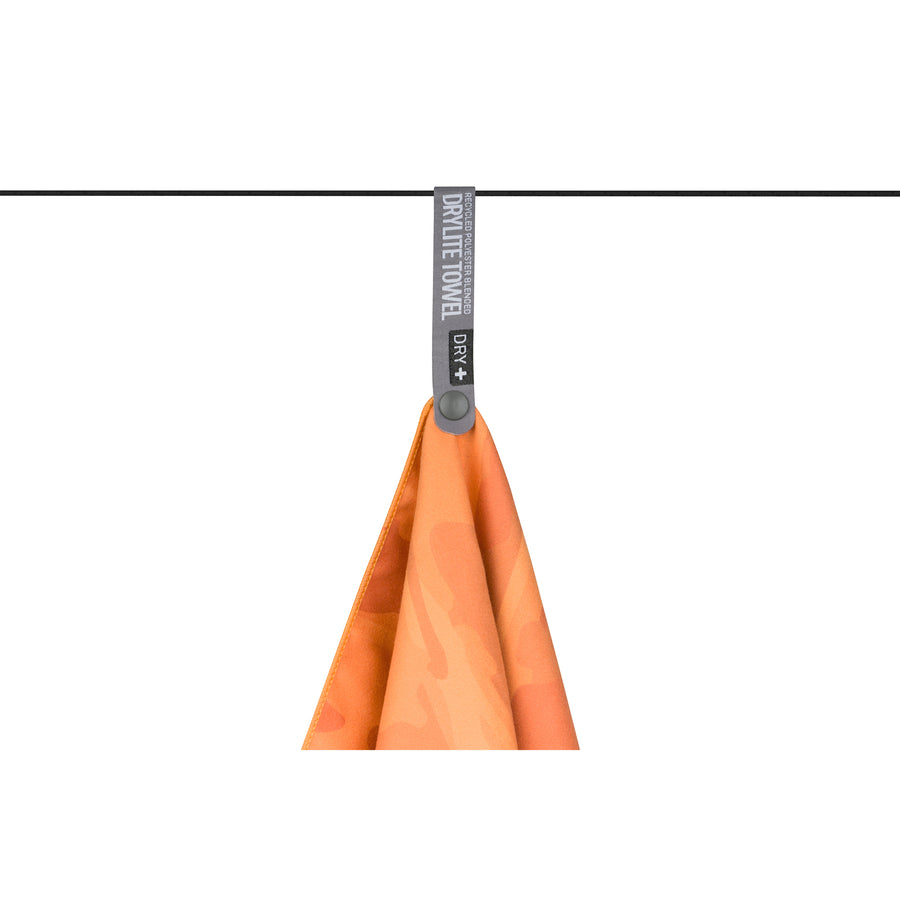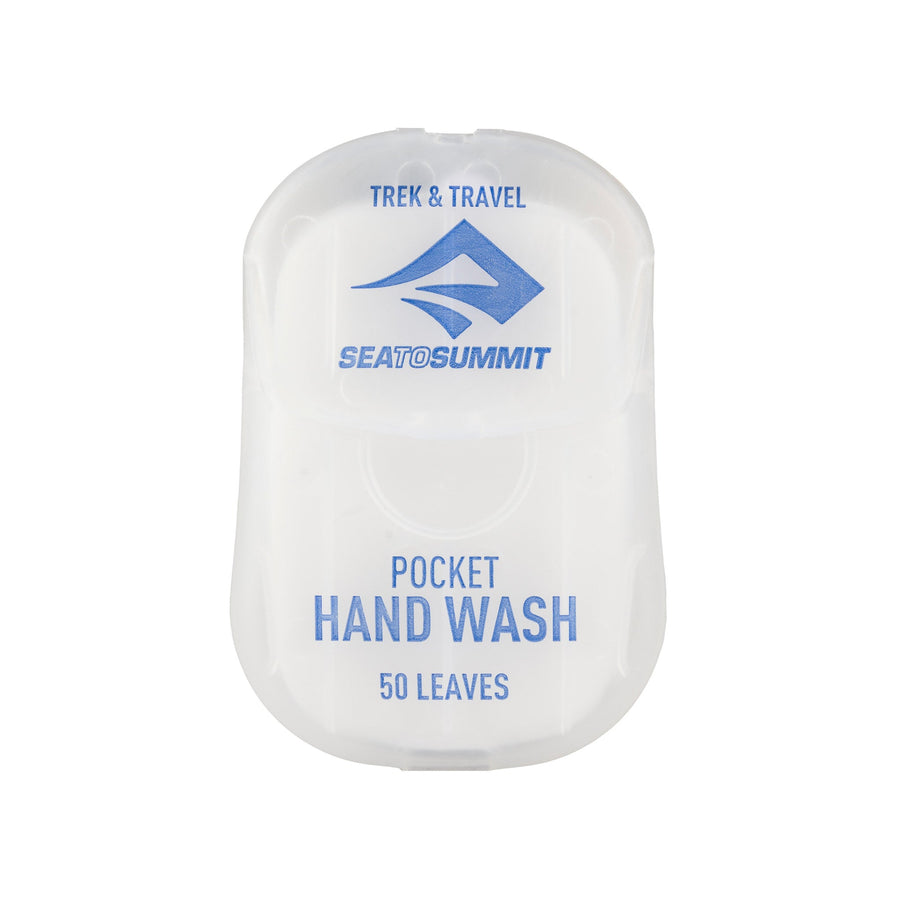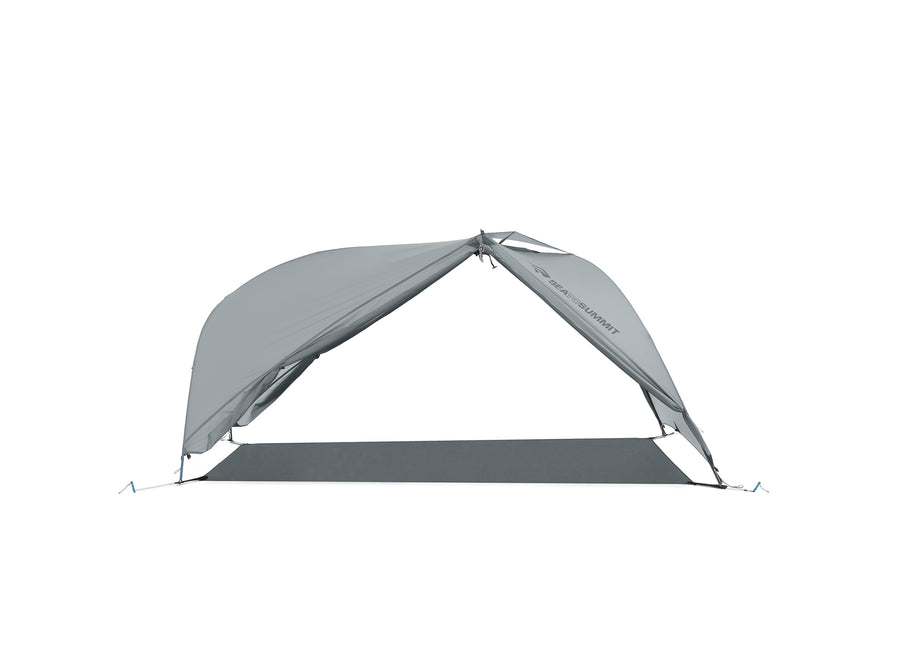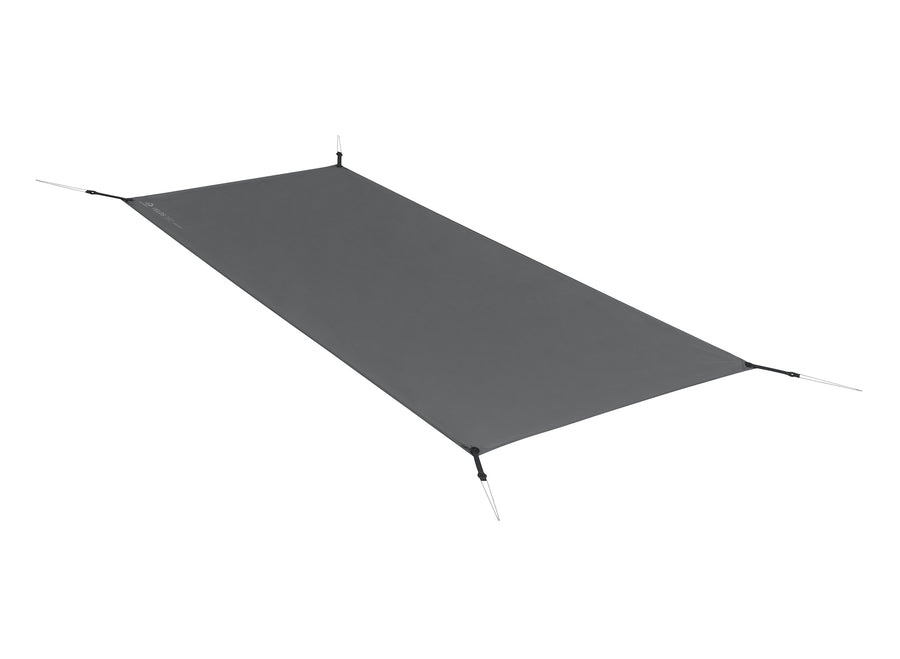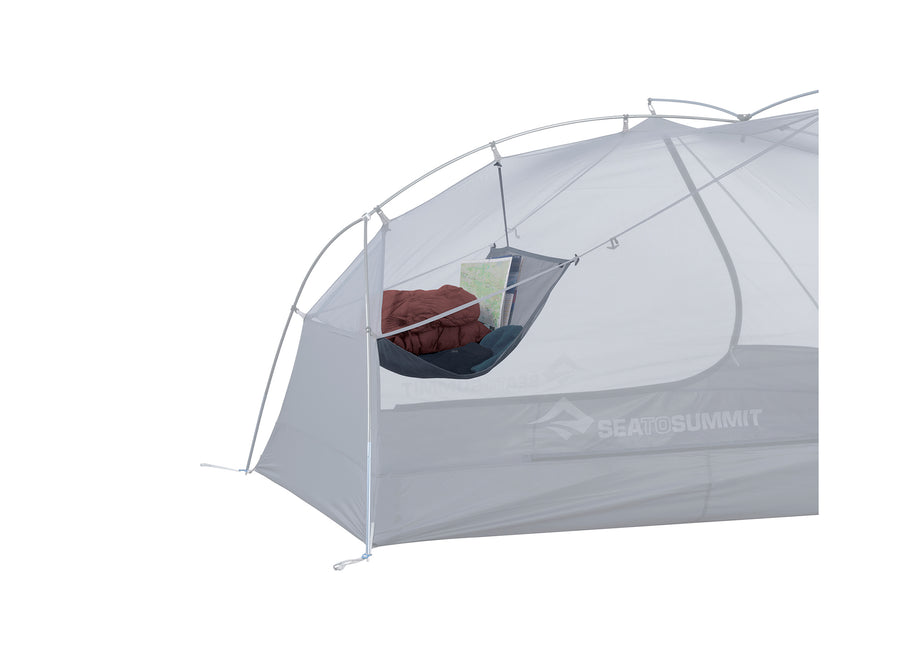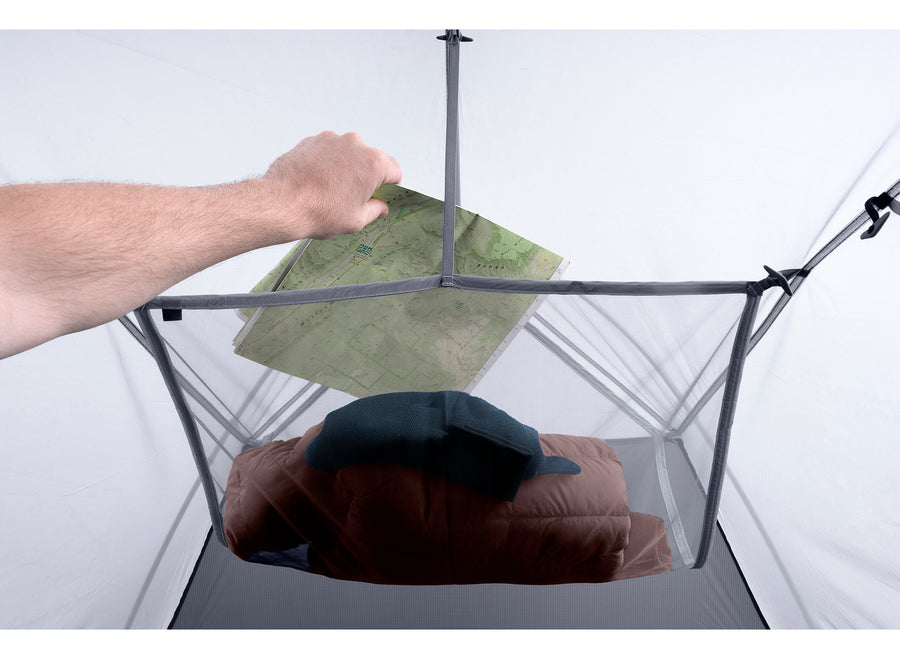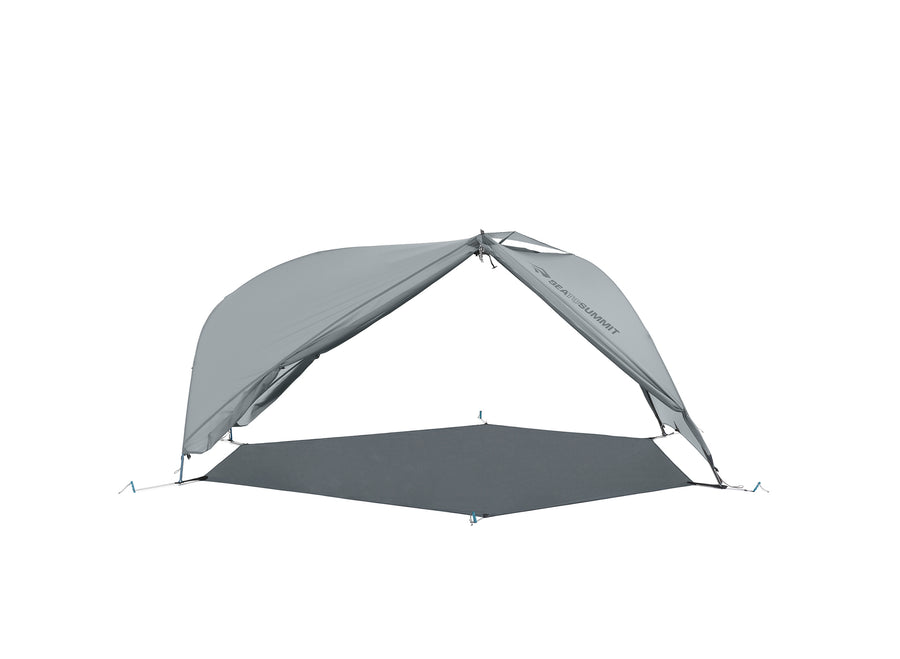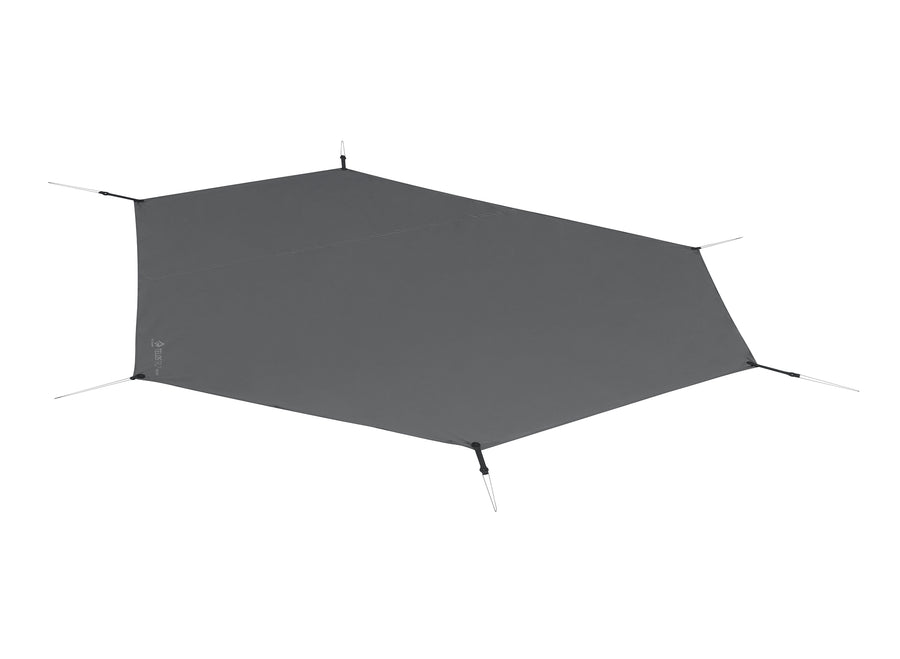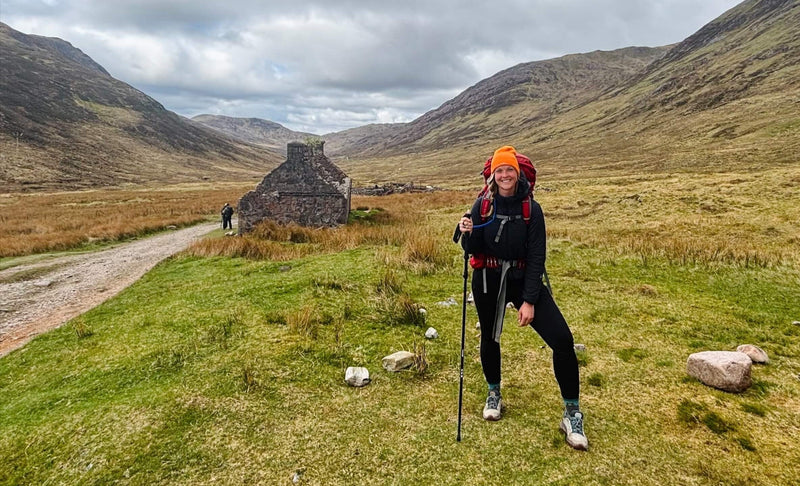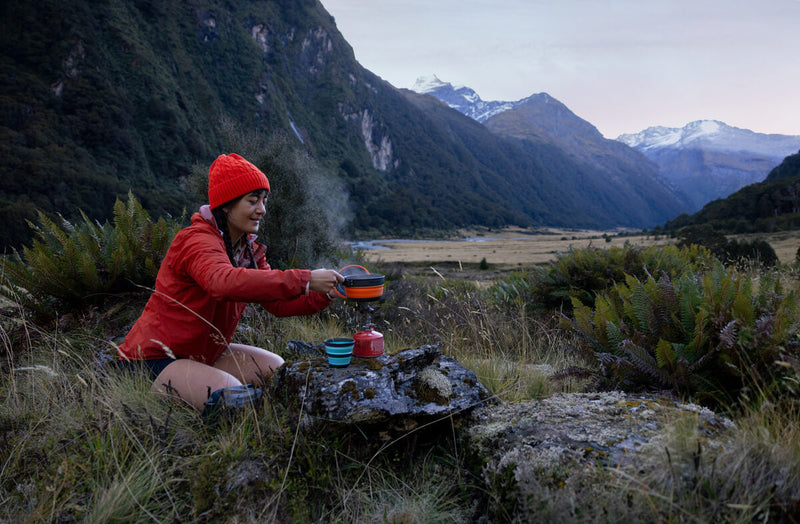Yes, Synthetic Sleeping Bags are a Great Choice
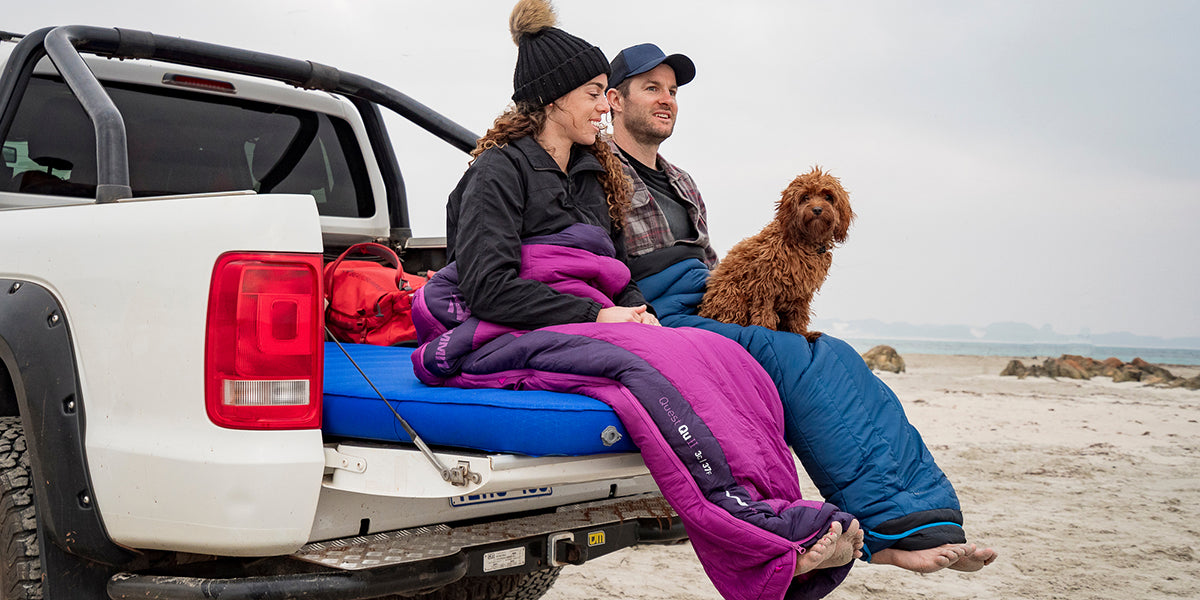
Down sleeping bags reign king amongst lightweight campers and hikers everywhere, but you might be better off with a synthetic sleeping bag.
Whilst nothing beats down fill in terms of its impressive warmth-to-packability ratio and longevity, today’s synthetic sleeping bags have come a long way. They’re lighter, warmer, more technical and better designed than ever. Synthetic bags also perform better in wet conditions than their down counterparts.

BUDGET-FRIENDLY SLEEPING BAGS
Synthetic sleeping bags, by and large, are much more affordable than down sleeping bags. Down sleeping bags come at a premium for good reason, but you may not need a sleeping bag to be all that light or compressible. If you’re car camping or living the van life, where weight and size isn’t of the upmost importance, why pay for what you don’t need?
NOT ALL SYNTHETIC SLEEPING BAGS ARE CREATED EQUAL
Just like any other bit of camping gear, there are good, bad and ugly versions out there—and it’s important to pay attention to the details when buying a sleeping bag. Are they made with high-quality fabric and synthetic fill? Have they been designed to maximize loft and retain heat?
SYNTHETIC INSULATION
You can’t make a technical synthetic sleeping bag without technical materials. For our Sea to Summit bags, we predominantly use THERMOLITE® insulation—a top-quality lightweight insulation engineered from polyester fibers.
THERMOLITE® achieves an excellent balance of lightweight warmth and softness, with superior compressibility. It insulates when wet and dries much quicker than down, which is essential for things like kayaking trips and multi-season thru hikes.
THERMOLITE® is a trademark of The LYCRA Company.

SLEEPING BAG CONSTRUCTION
Materials are only one part of a quality synthetic sleeping bag. The construction of the bag itself will affect warmth, comfort and durability.
At Sea to Summit, we use a Wave loft™ construction in almost all of our synthetic sleeping bags—where we loop the synthetic sheets of insulation and sew them into the lining. We do this to gain extra loft and trap more pockets of warm air (to make a warmer bag)—and to keep everything in place where it’s needed (because there’s nothing more annoying than getting caught in loose lining while you’re sleeping).
Then there are all those design details that add up to big benefits. Features like draft collars, draft tubes and hoods—not to mention fabric and cut—will further increase the insulative properties of the bag.

WET WEATHER, WATERPROOFNESS AND SYNTHETIC
SLEEPING BAGS
From a kayak capsize to unexpected rain, there are plenty of reasons your sleeping bag could get wet (which is why you should also have your dry bag game down). A synthetic sleeping bag is a great insurance policy in those situations, as it will still insulate you when wet. Most down sleeping bags will not insulate when wet, though hydrophobic ULTRA-DRY Down™ sleeping bags can handle some moisture.
When wet weather, water activities or condensation are at play, pack a synthetic sleeping bag. It won’t only keep you warm, but it’ll be quicker to dry (making it easier to wash, too).
CHOOSING BETWEEN A DOWN OR SYNTHETIC SLEEPING BAG
There are a lot of factors to consider when choosing between a down or synthetic sleeping bag—from cut and features to weight, packed-size, EN rating and budget. We’ve made it easier to weight up all the factors with our Sleep System Finder, but we’ve also handpicked a few favorites.







